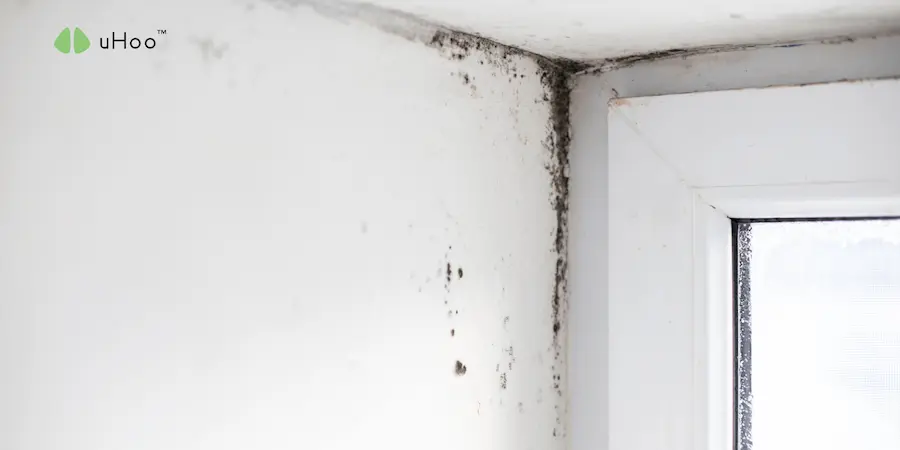We’re all too familiar with constant humidity. While it’s just a part of our tropical climate, this ever-present moisture is also the prime culprit behind a sneaky and unwelcome guest: mold in your home.
Mold in your home isn’t just unsightly. It’s a living organism that, given the right conditions, can spread rapidly and significantly impact your indoor air quality and health.
So, how exactly does humidity create the perfect breeding ground for mold in your home? It’s a surprisingly simple formula:
- Mold Spores Are Everywhere: Invisible mold spores are ubiquitous. They float in the air outdoors, hitch rides on our clothes, pets, and even blow in through open windows. They’re dormant, waiting for their chance to thrive.
- Moisture is Mold’s Fuel: Mold in your home needs moisture to germinate and grow. In our humid climate, excess moisture comes from many sources: high outdoor humidity seeping indoors, cooking steam, long hot showers, laundry drying indoors, leaky pipes, or even poorly insulated windows where condensation forms.
- A Food Source: Mold isn’t picky. It can grow on almost any organic surface, breaking it down for nutrients. This includes common household materials like drywall, wood, fabric, carpet, ceiling tiles, insulation, and even dust. If it contains carbon, mold can eat it.
- Optimal Temperature: While mold in your home can grow in a range of temperatures, most common indoor molds prefer moderate temperatures. Warmth helps speed up their growth process.
- Lack of Air Circulation: Stagnant air allows moisture to settle and accumulate on surfaces, creating damp spots that are ideal for mold spore germination. Without good airflow, these damp areas remain wet for longer, giving mold ample time to take hold and proliferate.
When you combine constant high humidity with readily available mold spores, a food source, and the right temperatures, you have a perfect storm for mold in your home to begin colonizing surfaces within 24-48 hours.
A uHoo air quality monitor would your first line of defense against mold in your home. It precisely tracks relative humidity (RH) levels in real-time. If your uHoo shows consistently high humidity readings (especially above 60%), it’s a clear signal that your home is at risk.
By monitoring this crucial data and studying the uHoo Mold Index, you can take proactive steps like using a dehumidifier, improving ventilation, or fixing leaks before mold has a chance to visibly appear or spread its spores through your indoor air.



